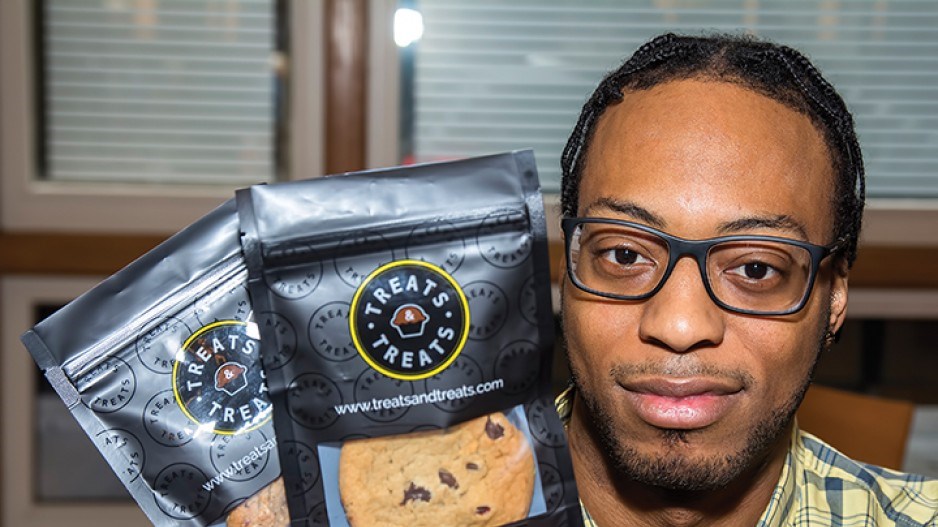By October, cannabis edibles, drinks and concentrates are set to become part of the second wave of legalization – known in the industry as “Cannabis 2.0” – and established small-business owners and grey-market entrepreneurs hope that this will be their opportunity to carve out their place in the sun.
So far, cannabis legalization has not been the windfall many were expecting. Tax revenue for B.C. from cannabis sales was lower than expected and most marijuana companies are operating at a loss, despite having large market capitalizations.
Nor has legalization been as much of an incubator for entrepreneurship as many would have liked, given that the industry is increasingly dominated by major players that are getting bigger via mergers and acquisitions.
Legalization is expected to help Canada get a marginal 0.2% bump in gross domestic product in 2019; however, Frances Donald, head of macroeconomic strategy with Manulife Asset Management, says that this is an artificial boost resulting from including an industry that had not previously been measured.
Yannick Craigwell, owner of Treats and Treats, a grey-market cannabis edibles bakery, sees this as his chance to shine, because edibles may be less intimidating, and therefore attract cannabis consumers who would not be enticed to light up a doobie.
Studies from Washington state and Colorado have shown that cannabis legalization has not encouraged non-smokers to take up smoking weed, and anecdotal evidence is that many have taken to trying edibles.
Not only could edibles introduce cannabis to a new segment of the population, but Craigwell said the artisan nature of edibles means that smaller producers can differentiate themselves from, and compete with, larger players. He hopes that this will prevent the trend of large mergers and acquisitions in the edibles space.
“It’s hard to say if we will ever be able to stop big companies from being bigger companies,” Craigwell said. “But letting grey-market businesses move into the legal market will definitely prevent monopolization.”
Smaller producers are not the only ones that see opportunity in new laws. Zenabis Global Inc. (TSX-V:ZENA), a Canadian cannabis company that has a market capitalization in the hundreds of millions of dollars, has started programs to mentor and partner with small cannabis producers.
The company wants to help sell distinctive drinks or edibles created by entrepreneurs and supply cannabis extracts and other material inputs to those entrepreneurs to help them churn out their creations.
Market and regulatory conditions are not the only barriers to small-business owners.
One technological challenge is to make cannabis-laced drinks water soluble and therefore able to have an effect in a consumer within about 15 minutes. Another is to make drinks that avoid what some consider to be a bad taste associated with cannabis.
Zenabis, however, is partnering with smaller businesses to provide the knowledge and expertise needed to overcome these challenges, said CEO Andrew Grieve.
For example, Zenabis bought a 51% stake in Calgary-based kombucha producer Hillsboro Corp., which is known for its True Buch brand that produces kombucha and teas.
The intent of the investment was to collaborate and share expertise in creating cannabis-infused beverages. Grieve said these types of partnerships are likely to characterize the edibles segment of the cannabis industry – large growers partnering with smaller food, beverage or edibles producers, with each benefiting from the expertise of the other.
The final federal government regulations that govern cannabis edibles and drinks, however, could affect these relationships.
In February, Health Canada ended its public consultation period in which the public and industry players could provide feedback on proposed Cannabis 2.0 regulations.
Treats and Treats and Zenabis participated; however, each had radically different experiences.
While Zenabis felt heard, Treats and Treats representatives felt that the meetings were more superficial, with government officials not having a sincere focus on listening to industry, suggesting that a company’s size could radically change its perception of the consultation.
Producers, both large and small, seem to be hopeful that the second phase of cannabis legalization will provide a space for entrepreneurs to thrive – something that has not been evident after the first stage of legalization.
However, whether or not this will be the case seems to be reliant on large players partnering with smaller ones and a regulatory environment that allows them to thrive. •




